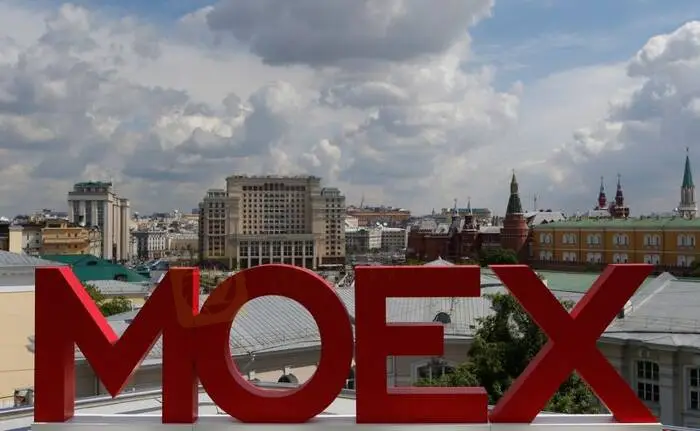简体中文
繁體中文
English
Pусский
日本語
ภาษาไทย
Tiếng Việt
Bahasa Indonesia
Español
हिन्दी
Filippiiniläinen
Français
Deutsch
Português
Türkçe
한국어
العربية
Russian stocks to pare some heavy losses by year-end – Reuters poll
Abstract: Russia’s stock market will pare some of its heavy 2022 losses by the end of the year, according to a Reuters poll of ten market experts, having fallen sharply after Moscow dispatched troops into Ukraine, triggering sweeping western sanctions
Russias stock market will pare some of its heavy 2022 losses by the end of the year, according to a Reuters poll of ten market experts, having fallen sharply after Moscow dispatched troops into Ukraine, triggering sweeping western sanction.

Russian stocks had been on the rise since the second quarter of 2020 and hit a record high in October 2021, before a massive sell-off erased 56% of the rouble-denominated market capitalisation in the first two months of 2022.
By the end of this year, the benchmark MOEX rouble-based index is expected to have recovered to 2,500, 12.2% above Mondays close of 2,228.11 but sharply below the 4,350 predicted by the last Reuters Russian market poll published in December.
The MOEX reached a record peak of 4,292.68 in mid-October last year.
This year, the market landscape has changed drastically since Moscow began what it calls a “special military operation” in Ukraine on Feb. 24. Risk aversion has soared but some fundamentals, such as a strong price of oil, Russias main export, have underpinned the market.
Russia also banned foreign investors from trading stocks, shutting off external liquidity, and a surging number of domestic retail investors have become the main driving power on the market battered by unprecedented western sanctions.
Moscow Exchange, Russias largest bourse, is now considering allowing investors from designated “friendly” countries that imposed no sanctions against Russia to return to the market. Analysts warn this could hammer stocks.
“The main risk for the Russian stock market in the coming months is a possible return of non-residents from ‘friendly’ countries, which are fewer than investors from ‘unfriendly’ countries, but still can begin selling shares blocked since February of this year,” said Elena Kozhukhova, an analyst at brokerage Veles Capital.
Forecasts for the MOEX index reading in late 2023 in the August Reuters poll varied from 2,400 to 3,700.
The dollar-based RTS index was forecast to trade at 1,279 points by year-end, up about 9% from Mondays close of 1,173.79.
Gazprombank equity strategist Erik DePoy said chances of another major sell-off were low as the Russian equity market is essentially disconnected from global market sentiment, with the exception of oil and metals prices.
“Assuming no other major external shocks, there seem to be few downside catalysts,” DePoy said.
Analysts also saw some upside for the Russian market in hopes relations between Moscow and the West wont worsen further.
The impact of sanctions risks should be priced in by the year-end and some easing in geopolitical risks is likely, said Natalia Milchakova, a leading analyst at Freedom Finance Global.
“Risks are mostly skewed to the upside as we hope that the geopolitical situation will trend towards diplomacy instead of force,” said Otkritie Investment analyst Andrey Kochetkov.
(Other stories from the Reuters Q3 global stock markets poll package:
Disclaimer:
The views in this article only represent the author's personal views, and do not constitute investment advice on this platform. This platform does not guarantee the accuracy, completeness and timeliness of the information in the article, and will not be liable for any loss caused by the use of or reliance on the information in the article.
WikiFX Broker
Latest News
CFI Partners with MI Cape Town, Cricket Team
Doo Financial Expands Reach with Indonesian Regulatory Licenses
Volkswagen agrees deal to avoid Germany plant closures
Geopolitical Events: What They Are & Their Impact?
Webull Canada Expands Options Trading to TFSAs and RRSPs
CySEC Launches Redesigned Website Packed with New Features
WikiEXPO Global Expert Interview: Simone Martin—— Exploring Financial Regulation Change
TradingView Launches Liquidity Analysis Tool DEX Screener
MultiBank Group Wins Big at Traders Fair Hong Kong 2024
WikiFX Review: Is PU Prime a decent broker?
Currency Calculator


